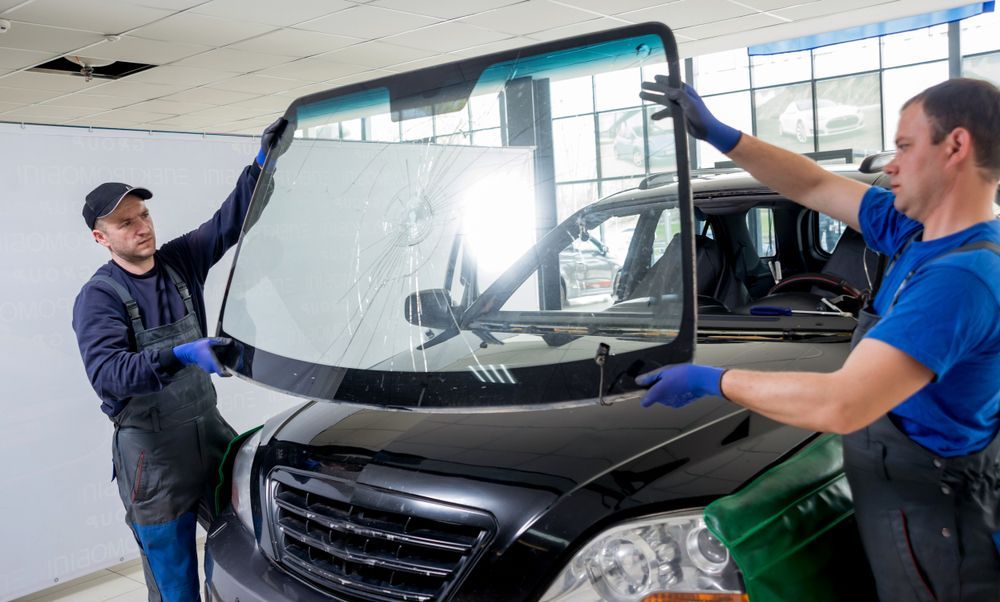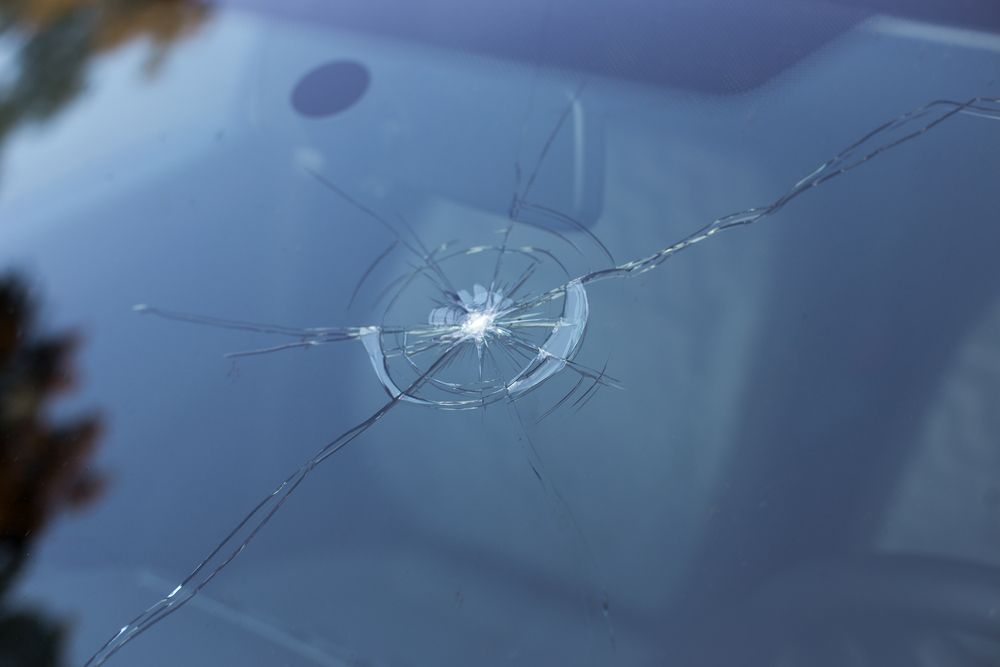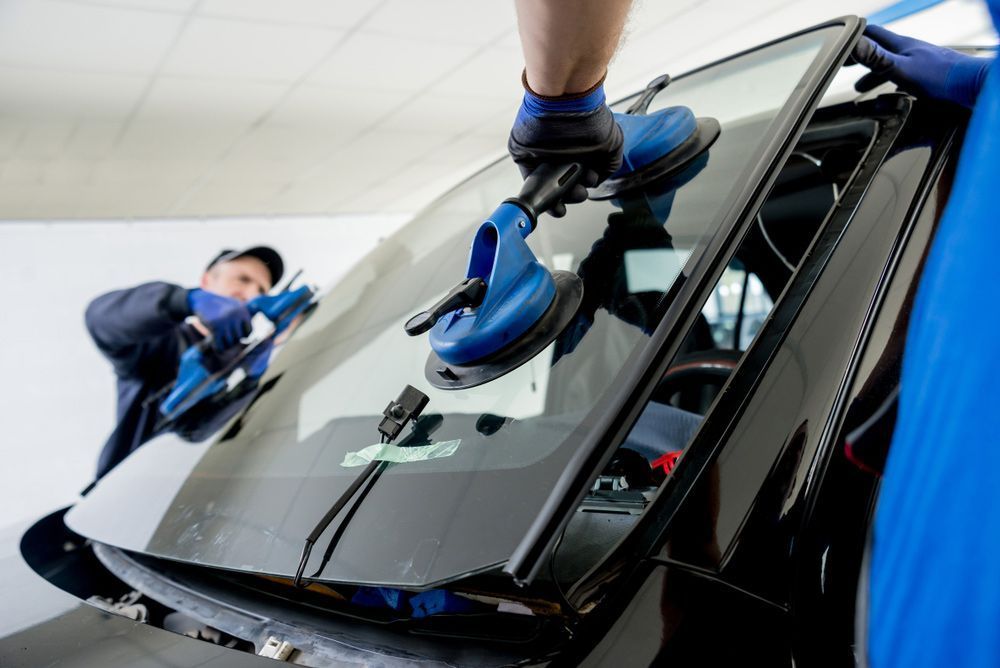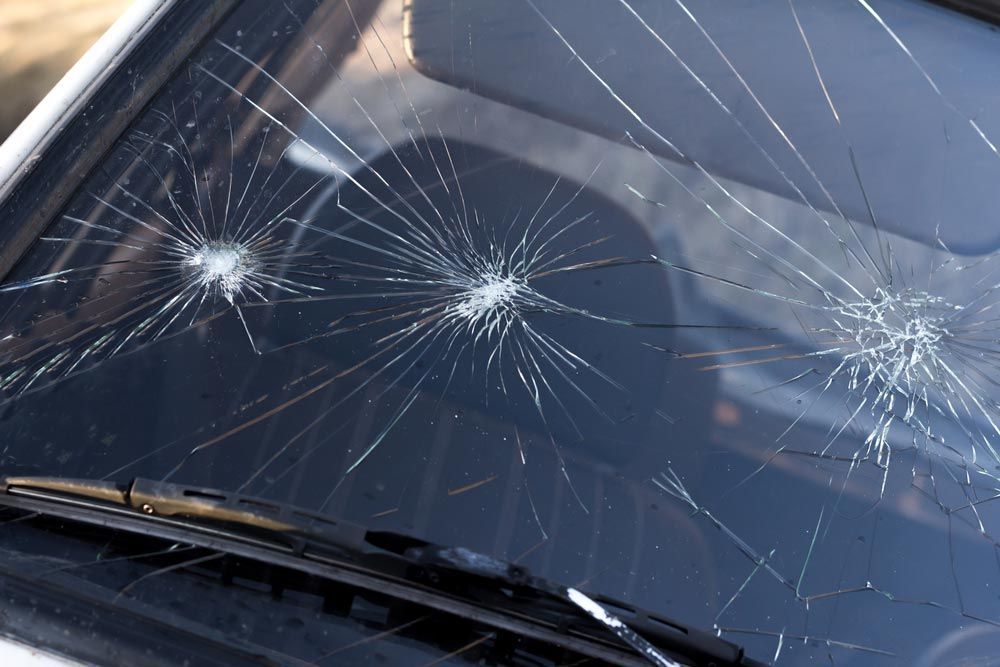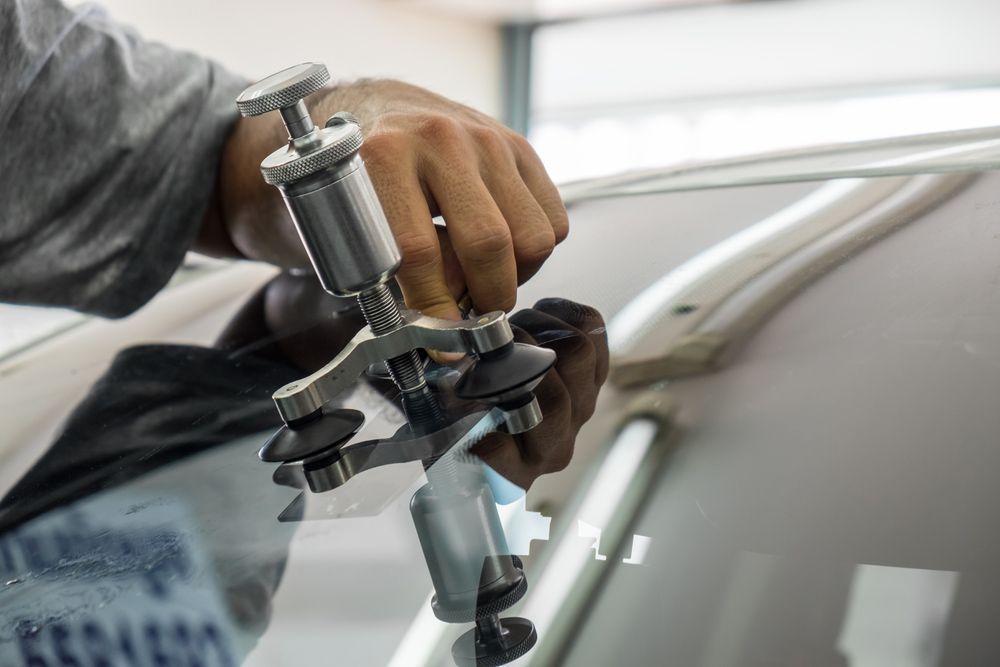Does Tinting Affect The Safety Of A Windscreen?
When it comes to vehicle maintenance and aesthetic appeal, tinting is a popular choice for many car owners. It not only enhances the look of the vehicle but also provides privacy and protection from the sun’s harmful UV rays. However, one question often lingers in the minds of conscientious car owners – does tinting affect the safety of a windscreen? This blog delves into the intricate relationship between windscreen tints and safety, offering a comprehensive insight for those contemplating this stylish addition to their vehicles.
Understanding The Composition Of Windscreens
To grasp the impact of tinting on windscreen safety, it's crucial to understand the structural composition of the windscreen itself. Typically, a windscreen is made of laminated glass, consisting of two glass layers bonded together with a thin layer of polyvinyl butyral (PVB). This design not only provides clarity and strength but also ensures that in the event of a collision, the glass shards adhere to the PVB layer, reducing the risk of injury from flying glass pieces.
The Role Of Tinting In Windscreen Integrity
Tinting involves the application of a thin film to the interior side of the windscreen. High-quality tints are designed to adhere seamlessly to the glass, causing minimal to no interference with the windscreen’s structural integrity. However, the application process and the quality of the tint play pivotal roles in maintaining the safety standards of the windscreen.
- Professional Application: Professional installation ensures that the tint film is applied without bubbles or creases, which can compromise visibility. Professionals are also well-versed in the legal tinting limits, ensuring that visibility is not significantly reduced, especially under low-light conditions.
- Quality of Tint: Premium tints are not just about aesthetics; they also offer functional benefits. High-quality tints can hold shattered glass together, akin to the PVB layer in laminated glass, providing an additional safety net in the event of an accident.
- UV Protection and Reduced Glare: Quality tints block up to 99% of UV radiation, protecting passengers from harmful rays and reducing the risk of skin cancer. Moreover, tints can significantly reduce glare from the sun and headlights, which in turn can reduce the strain on the driver’s eyes and potentially prevent accidents caused by temporary blindness or eye fatigue.
Tinting And Windscreen Repairs
While tints do not inherently weaken the windscreen, the condition of the windscreen prior to tinting is paramount. Any chips or cracks can compromise the windscreen’s integrity, and applying tint over damaged glass is not advisable. It’s essential to address any windscreen repair needs promptly before considering tinting. In the context of windscreen repairs, tinting can sometimes mask minor imperfections, but it's crucial to remember that this is merely cosmetic. The underlying damage can still propagate, leading to larger cracks and ultimately necessitating a windscreen replacement.
Navigating The Path To Safe Tinting
In conclusion, when applied correctly and legally, tinting does not compromise the safety of a windscreen. On the contrary, it can offer additional benefits such as UV protection, reduced glare, and in some cases, added strength against shattering. However, the precondition for safe and effective tinting is a structurally sound windscreen. Ensuring your vehicle’s windscreen is in top-notch condition before considering tinting is paramount. Road Runner Windscreens, with our expert team and commitment to quality, is your go-to service for windscreen repairs in Grafton. Contact us today and take the first step towards a safe and stylish driving experience.

